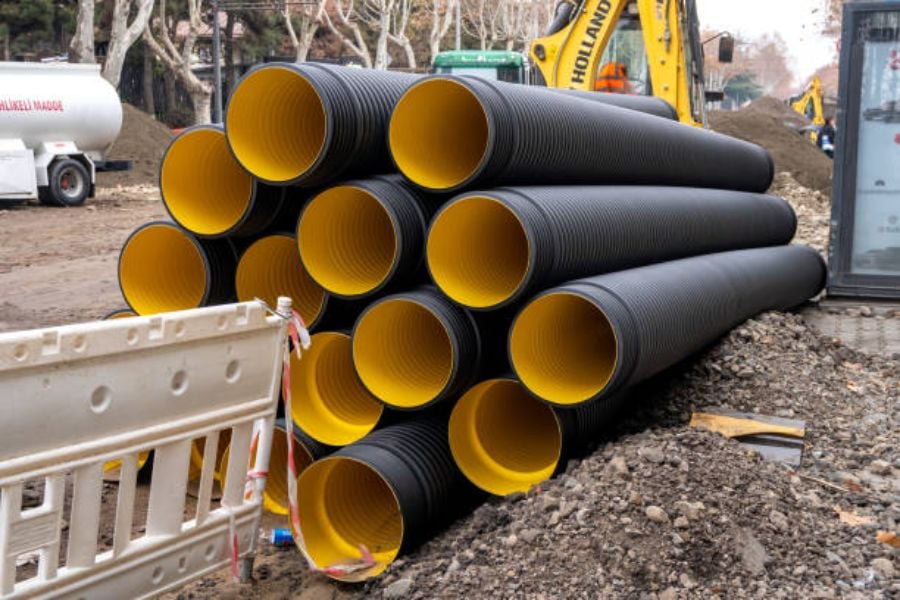CPVC Material
CPVC, or Chlorinated Polyvinyl Chloride, is a type of plastic used in plumbing and other applications. It is known for its durability and resistance to high temperatures and corrosive substances, which makes it a popular choice for many projects.
Production Process
The process of producing CPVC involves multiple steps that require specialized equipment and expertise. This includes chlorination of PVC resin to increase its heat resistance and chemical properties. The production process can be complex and costly, leading to higher prices for CPVC products.
Demand and Supply
The demand for CPVC has been increasing in recent years due to its advantages over traditional materials like copper and PVC. This has put pressure on the supply chain, leading to higher prices as manufacturers struggle to keep up with the demand.
Quality Standards
CPVC products must meet strict quality standards to ensure their performance and safety. This involves testing and certification processes that add to the overall cost of production. Manufacturers invest in these quality control measures to maintain their reputation and comply with regulations.
R&D Investments
Research and development are crucial for improving CPVC technology and expanding its applications. Companies invest in R&D to develop new formulations, production techniques, and products that meet the evolving needs of the market. These investments add to the overall cost of CPVC.
Transportation and Logistics
CPVC products need to be transported from the manufacturing facilities to distribution centers and end users. This involves logistics costs, including packaging, storage, and transportation. The transportation of CPVC can be expensive due to its size, weight, and special handling requirements.
Market Competition
The CPVC market is competitive, with several manufacturers and suppliers vying for market share. Competition can drive up prices as companies look to differentiate their products through innovation, quality, and service. This competitive landscape can contribute to the overall expense of CPVC.
Environmental Regulations
CPVC production and disposal must comply with environmental regulations to minimize impact on the environment. This includes waste management, emissions control, and sustainable practices that add costs to the production process. Environmental compliance is an essential factor in the pricing of CPVC products.
Raw Material Costs
The cost of raw materials, such as PVC resin and chlorine, can fluctuate based on market conditions and supply chain disruptions. Raw material prices impact the overall cost of CPVC production, leading to price variations in the market. Manufacturers have to adjust their pricing to account for these fluctuations.
Long-Term Benefits
Despite the higher upfront cost, CPVC offers long-term benefits in terms of durability, performance, and maintenance. It is a reliable material that can withstand harsh conditions and last for years without degradation. The initial investment in CPVC products pays off in the long run, making it a cost-effective choice for many applications.
Quote Inquiry
Contact us!

